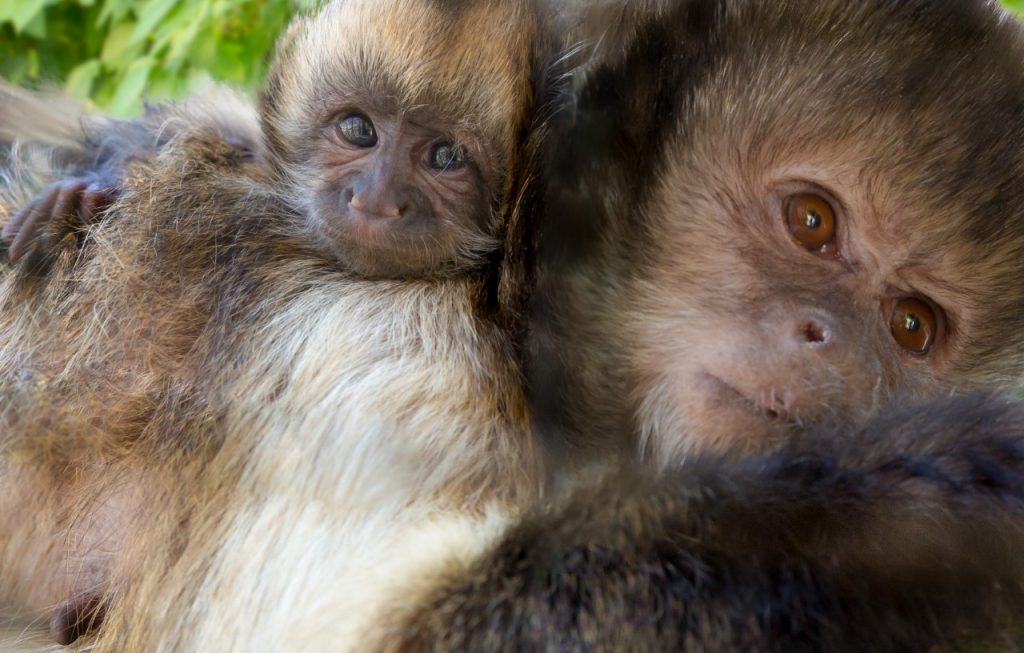Analysis of nutrients, moisture loss, and vitamin stability in primate browse harvested at the San Diego Zoo
Citation
Maxwell RM, Schlegel ML. 2015. Analysis of nutrients, moisture loss, and vitamin stability in primate browse harvested at the San Diego Zoo. In Bissell H, Brooks M Eds. Proceedings of the Eleventh Conference on Zoo and Wildlife Nutrition, AZA Nutrition Advisory Group, Portland, OR.
Abstract
The objective of this study was to obtain nutrient profiles along with insight on rates of moisture and vitamin loss in browse harvested at San Diego Zoo Global (SDZG). Ten species of browse commonly offered to colobines were manually separated into leaf and bark components for analysis at a commercial laboratory. Findings indicate that a variety of browse species and dietary items are essential to meet nutrient requirements. Morus alba was utilized for the water retention and vitamin stability trials. Browse that was presented upright or upside down without water for 24 h lost 12-14% of the original leaf moisture compared to browse presented upright in water for 24 h, which only lost 4% of the original leaf moisture (difference numerical, not statistically significant, P > 0.05). Large variance in the data suggests that the study evaluating water loss should be repeated. Refrigerating the M. alba browse at 4°C maintained the ?-tocopherol concentration (270 ?g/g DM) for 172 h post-harvest, and b-carotene concentration (225 ?g/g DM) was maintained for 100 h before decreasing 23% after 172 h post-harvest (difference numerical, not statistically significant, P > 0.05). Alpha-tocopherol and b-carotene remained relatively stable; subsequent studies on vitamin stability could incorporate longer storage time of M. alba.
 39_Maxwell.pdf 147 KB
39_Maxwell.pdf 147 KB








